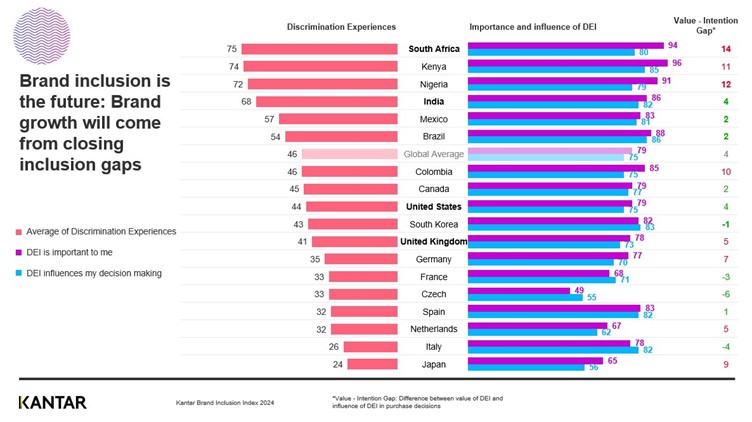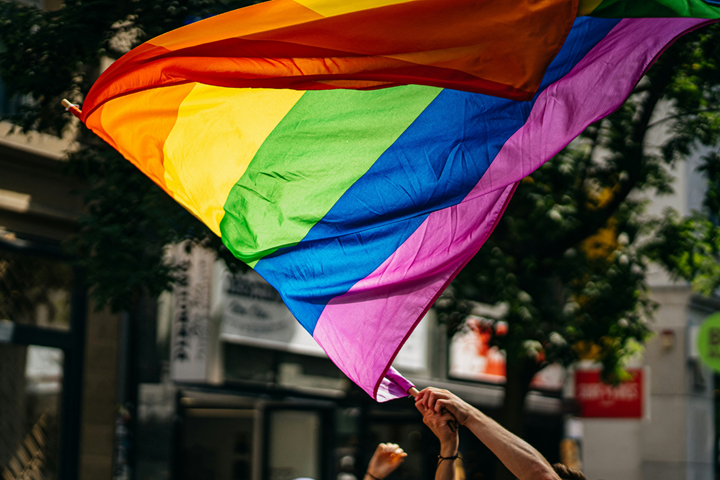As Pride Month lights up the globe, it’s more than just a celebration — it’s a call to action. In today’s challenging DEI landscape, brands have a unique opportunity (and responsibility) to lead with purpose. That’s why we’re spotlighting the voices of the LGBTQIA+ community through the 2025 Kantar-DIVA Report, with a special focus on Rainbow Families in our upcoming webinar, as well as our Brand Inclusion Index — the first of its kind — to help brands navigate their inclusion journey with clarity, courage, and impact.

Each year, Kantar’s Pride Employee Resource Group (ERG) survey real people and collaborate with our market research experts to compile our annual report into the lived experience of LGBTQIA+ women and non-binary people, an important demographic often underrepresented in the workplace, in society and the media. Published for Lesbian Visibility Week in April, the content reveals varying levels of personal and collective safety in markets around the world, from India and South Africa to the UK and US. It’s about moving beyond protection toward dignity, whether in public, interacting in local communities or in private, or online navigating the digital world.
Key among these is the power of digital literacy in the social media age and heightened safety cues in workplaces and commercial locations like while shopping or in hospitality areas, especially in emerging economies.
We also emphasise an intersectional lens in looking at these experiences from the perspective of gender, race, class, and family status. Because laws do not equate to lived safety or dignity and the different layers of identity can compound this – especially where we expect to feel safe. For example, our Brand Inclusion Index shows that when discrimination happens, it is often in a public place like work or when potentially in touch with a brand. That’s where the inclusion gap comes in.


Each year, Kantar’s Pride Employee Resource Group (ERG) survey real people and collaborate with our market research experts to compile our annual report into the lived experience of LGBTQIA+ women and non-binary people, an important demographic often underrepresented in the workplace, in society and the media. Published for Lesbian Visibility Week in April, the content reveals varying levels of personal and collective safety in markets around the world, from India and South Africa to the UK and US. It’s about moving beyond protection toward dignity, whether in public, interacting in local communities or in private, or online navigating the digital world.
Digital safety and discrimination hot spots detailed
Key among these is the power of digital literacy in the social media age and heightened safety cues in workplaces and commercial locations like while shopping or in hospitality areas, especially in emerging economies. We also emphasise an intersectional lens in looking at these experiences from the perspective of gender, race, class, and family status. Because laws do not equate to lived safety or dignity and the different layers of identity can compound this – especially where we expect to feel safe. For example, our Brand Inclusion Index shows that when discrimination happens, it is often in a public place like work or when potentially in touch with a brand. That’s where the inclusion gap comes in.





